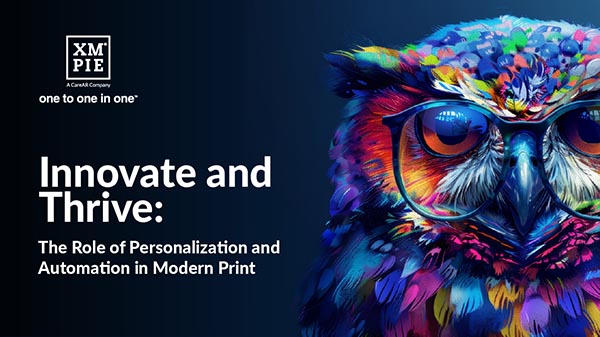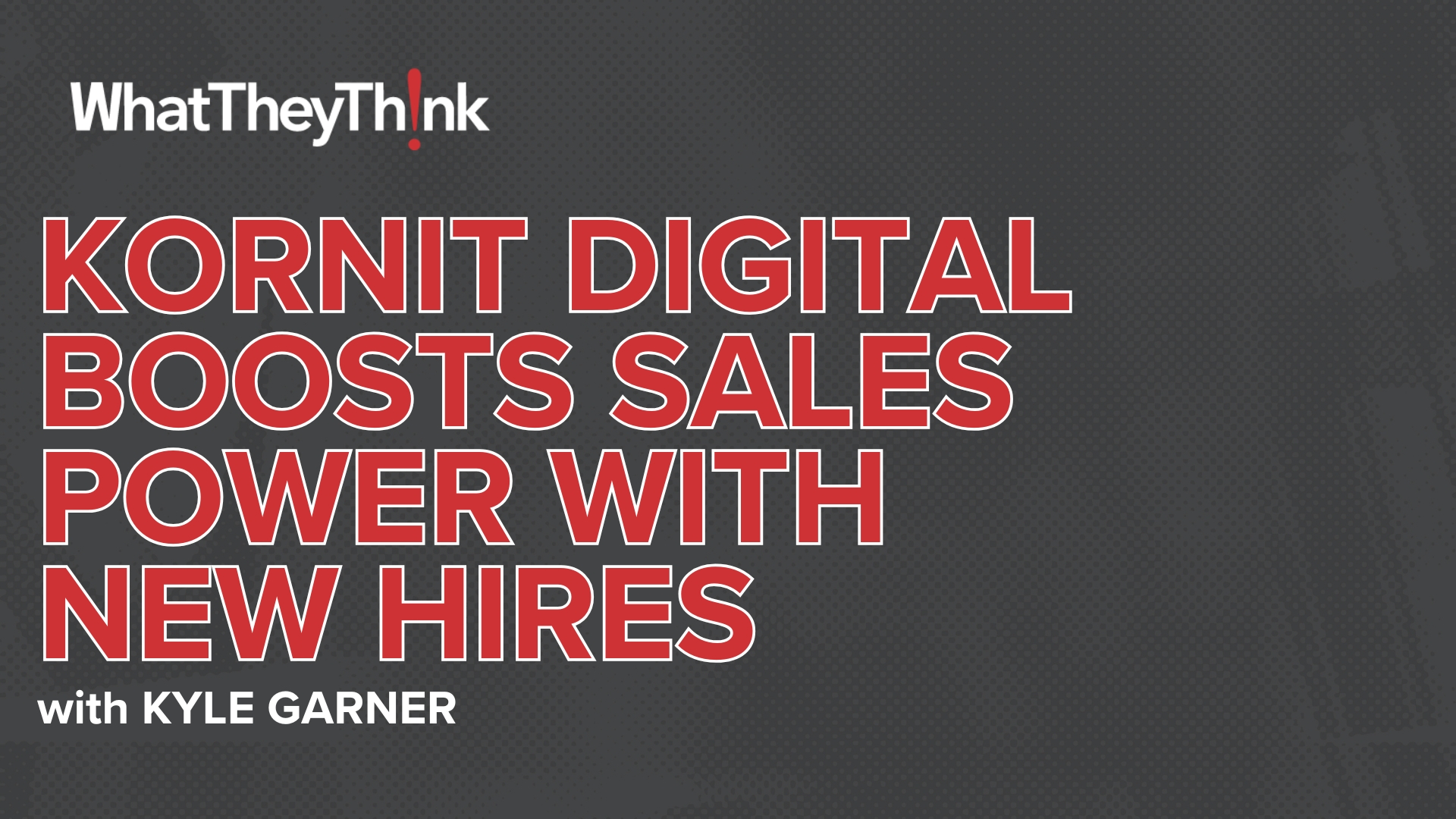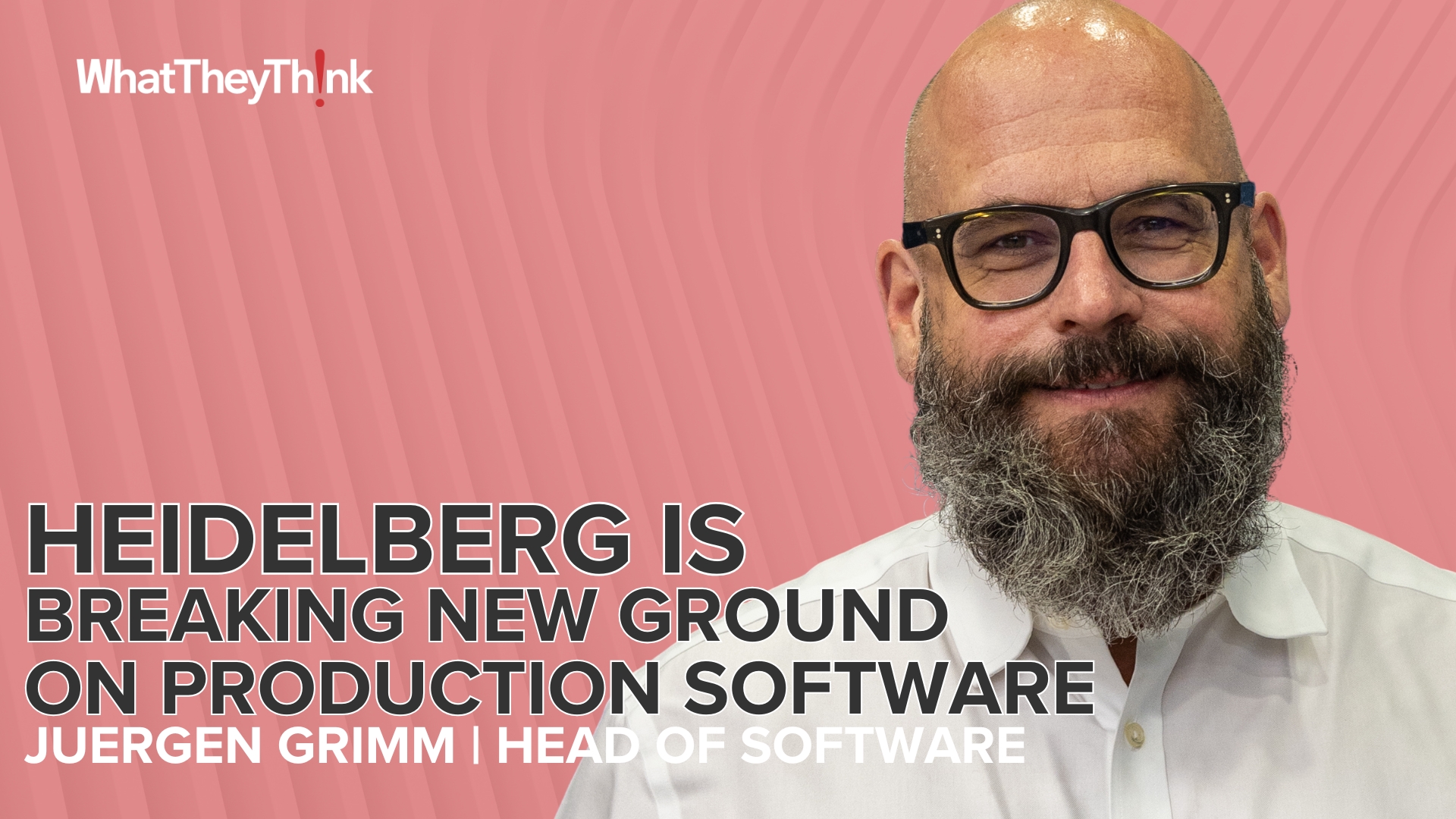
By Scott Houck, Director of Business Development CXM Initiatives at XMPie
While the digital age races forward, the print industry is also experiencing a remarkable transformation. The convergence of advanced print technology and the growing demand for flexible applications that cater to both high volume and shorter-run personalized print is creating a unique growth opportunity for commercial printers. This "perfect storm" is not just a fleeting trend but a significant shift that promises to redefine the print landscape. Variable Data Printing (VDP) is referred to as personalization on steroids by Spherical Insights in its latest report on the Global Variable Data Printing Market, and the market size is growing at a CAGR of 17.4% from 2022 to 2032. Are you ready to capitalize on this golden opportunity and transform your business?
The New Era of Direct Mail and Commercial Applications
Direct mail is at the forefront of this transformation. As social media and email advertising face challenges due to stricter privacy laws, Direct Mail is experiencing a resurgence. This shift is driven by the ability to target prospects more precisely through versioning and personalized offers, resulting in a higher return on investment than traditional static offset-printed direct mail. Programmatic or retargeted direct mail can respond to digital actions within a campaign. For example, a print piece with a special offer can be sent to a customer who abandons their shopping cart or shows interest in a specific product, encouraging them to return to the product page.
Market Dynamics and Technological Advancements in Inkjet
The marketing landscape is being reshaped by rising costs of paper, postage, and labor, coupled with growing sustainability concerns. In the inkjet world, technological advancements are narrowing the gap with traditional offset printing, offering comparable quality on similar substrates at more attractive page costs. This interplay is driving innovation as brands and marketers seek higher-value print solutions in smaller runs with faster turnarounds.
New technologies, such as omnichannel personalization, are emerging as key solutions, helping brands stay competitive and responsive to market demands. Automation plays a pivotal role in this context by streamlining the production of high-volume, data-driven print and ensuring that the design quality is maintained throughout the process. But exceptional design quality should never slow you down. Personalized workflow solutions today can harness the power of concurrent parallel processing to ensure a streamlined, efficient output stream. Even last-minute tweaks and corrections are possible without extra pre-processing or conversion.
A Creative Industry Driven by Data
The print industry is inherently creative; automation enhances this creativity by allowing design and prepress stakeholders to lead the process. Leveraging their design skills and understanding of data-driven layouts, they can address each campaign recipient individually. This approach contrasts with legacy solutions' labor-intensive, programmatic nature, offering a more efficient and modern workflow. As direct mail and other commercial applications increasingly rely on impactful, measurable returns on investment, familiarity with design software enables quick onboarding for managing the personalization workflow.
Streamlining Fulfillment Processes with Web-to-Print
While optimizing the creative workflow is essential, ensuring an efficient fulfillment process from order to delivery is equally crucial. Manual order fulfillment is not scalable, particularly as print buyers' needs and integration capabilities evolve. An advanced eCommerce Web-to-Print solution, integrated with design software, offers the answer by automating many costly daily processes, from job submission to fulfillment. Automation allows the print shop to handle more work and keep presses productive, even when staff is off-site, maximizing investment. With such a system, printers can grow at their own pace, add new stores and capabilities, offer new products, and protect their investment. Staff can focus on higher-value creative work, such as enhancing customer relationships and selling more profitable services.
Personalization, automation, and advanced workflow solutions empower print businesses to streamline workflows, capitalize on data-driven commercial applications, and drive volume to their presses. Consider investing in these technologies to diversify your revenue streams and grow. The future of print is here, and those who embrace it will lead the industry forward.














